Delay of Games.
There was almost certainly a heightened level of anticipation in Tokyo and to a degree around the world when clocks ticked from 23:59:59 to 00:00:00 and 31 December 2019 became 1 January 2020. It meant the arrival of a new Olympiad and in 206 days someone would light the Olympic cauldron in Tokyo for the second time. By the end of February this thing seen below
[NIH Image Gallery – Flickr.]
shown magnified through an electron microscope controlled an inordinate amount of human activity. On 2 March 2020, the Tokyo Organizing Committee of the Olympic and Paralympic Games (TOCOG) released a statement that preparations were “continuing as planned.” By 23 March both Canada and Australia announced they would withdraw from the Games if they were held as scheduled and on 24 March, Prime Minister Abe Shinzō, the IOC and TOCOG released a joint statement that the Games would be rescheduled to a date “beyond 2020 but not later than summer 2021.”
The new schedule delayed the Games exactly one year. Although they were called the Games of 2020, they were held from 23 July 2021 to 8 August. Even with the one-year delay, the Games were held without spectators.
Still, 206 National Olympic Committees (NOC) sent more than 11,400 athletes to the Games. Because of a World Anti-Doping Agency ban, 335 athletes from Russia competed under the flag of the Russian Olympic Committee but Russia could not appear on their flag or uniforms.
[Image from Wikimedia Commons.]
Two NOCs competed under new names. After signing the Prespa Agreement with Greece, the “Former Yugoslav Republic of Macedonia” competed as North Macedonia. In 2018, the King of Swaziland renamed that state Eswatini and they became the first athletes to compete under that banner.
North Korea didn’t compete because of Covid-19 concerns and was then barred from participating in the 2022 Winter Games in Beijing.
Like Celine Dion’s heart, the Games will go on.
As I write this, not enough time has passed to get any valuable perspective regardingthis Games’ lasting stories and images. So, I’ll focus some of the moments that I enjoyed most – with a decidedly U S bias because that’s most of the coverage I saw.
Katie Ledecky failed to win a gold medal race for the first time in her Olympic career finishing second to Australian upstart Ariarne Titmus in the 400 meter freestyle. Ledecky would then win gold medals in the 800m and 1,500m freestyle and a silver in the 4 x 200 relay. Her two individual gold medals raised her total to six – the most of any female Olympic swimmer and female US Olympian, and the second-most for all Olympic swimmers behind Michael Phelps. But the memorable moment belongs to Titmus’ coach Dean Boxall.
Another swimming celebration I’ll long remember is seeing seemingly the entire population of Seward, Alaska watch 17 year old Lydia Jacoby edge her idol and mentor, Lilly King, in the 100 meter breaststroke final:.
Another moment of disbelief in the pool happened when Ahmed Hafnaoui stunned everyone including himself by winning the 400m freestyle. Afterward, Hafnaoui said, “I just can’t accept that – it is too incredible.”
People watching what happened on 3 August in the Olympic Stadium were privileged to see one of the greatest races in Olympic history. The 400m hurdles final was a showdown between American Rai Benjamin and Norway’s world-record holder Karsten Warholm. In the Olympic final, Benjamin ran a personal best time of 46.17 seconds shattering Warholm’s world-record of 46.70. That effort only earned him the silver medal. Warholm became the first runner in history to break 46 seconds capturing gold in just 45.94 seconds.
[Image from Youtube.]
People watching what happened on 4 August in the Olympic Stadium were privileged to see one of the greatest races in Olympic history. The 400m hurdles final was a showdown between American Dalilah Muhammad and her teammate Sydney McLaughlin. At the Olympic Trials in Oregon, McLaughlin became the first woman to break 52 seconds setting a new world-record of 51.90. In the Olympic final, Muhammad ran a personal best time of 51.58 shattering McLaughlin’s record by nearly a third of a second. That effort only earned her the silver medal. McLaughlin bettered her own time capturing gold in 51.46 seconds.
[From TeamUSA.]
A few other highlights.
Allyson Felix won the bronze medal in the 400 meters. It was her 10th Olympic medal and the most won by any female track athlete. The next day, she won gold as part of Team USA’s 4×400-meter relay squad again making history. Her 11th medal made her America’s most decorated track athlete.
Nineteen year old Nevin Harrison, who took up canoeing after being diagnosed with hip dysplasia at age 14, won the first ever gold medal in women’s canoe single 200m sprint. She’s also the first American to win any canoe or kayak sprint medal since 1992.
Gable Stevenson needed a remarkable rally registering a pair of late takedowns – the second with less than a second remaining in the 125kg final – to secure a 10-8 victory over Georgia’s Geno Petriashvili and win America’s first heavyweight gold in freestyle wrestling since 1992.
Other U S achievements I’ll remember:.
Caleb Dressel’s five swimming gold medals – three individual and two in the sprint relays.
Molly Siedel, running in just her third marathon, improbably winning a bronze medal.
[Photo from Wikimedia Commons – BY AIan-Robertson-from-East-Lothian-Scotland-CC-BY-2.0.]
Sunisa Lee stepping in for teammate Simone Biles and winning the all-around gold medal. Of Biles, I’ll remember her courage in bringing the issue of an athlete’s mental health to the forefront of people’s minds and her brave comeback to win bronze on the balance beam.
Kevin Durant choosing to lead the men’s basketball team to a gold medal rather than resting his injured Achilles tendon. And speaking of basketball, I have to mention the remarkable 55 game winning streak of the American women in the Olympics.
The women’s water polo team winning their third consecutive gold medal.
[YouTube Screen Capture from Positive Coaching Alliance.]
From the international stage I’ll remember:.
Cedric Dubler sacrificing his personal performance to run alongside his teammate, Ash Moloney, to help him win Australia’s first ever Olympic decathlon medal.
Philippine weightlifter Hidilyn Diaz lifting 224 kilograms – more than four times her body weight – setting an Olympic record, and winning the first gold medal for her country in more than 95 years of Olympic participation.
The babies on skateboards. Okay, not literally babies but a pair of 13 year-olds. Japan’s Nishiya Momiji and Brazilian Rayssa Leal winning gold and silver respectively in the first ever women’s street skateboarding competition.
The astonishing achievement of Sifan Hassan.
[Photo from Wikimedia Commons – BY-filip-bossuyt-from-Kortrijk-Belgium-CC-BY-2.0.]
The 28-year-old Ethiopian refugee competing for The Netherlands became the first person to win three medals at a distance of 1,500 meters or longer in a single Olympics. After falling in the semifinal of the 1,500 she not only got up to win the heat but then raced in the 5,000 that same night capturing gold. She eventually won bronze in the 1,500 and gold at 10,000m. (In a later post, we’ll meet the only other woman to reach the podium in three individual track races at one Olympics.)
Finally, one of the great acts of friendship and sportsmanship happened on the same night that Lamont Jacobs, running for Italy, became the first Italian to win the gold medal in the 100 meter dash.
[Photo from Eurosport.]
Italian Gianmarco Tamberi and Qatari Mutaz Essa Barshim became more than friendly competitors after Tamberi tore a ligament in his left ankle just before the 2016 Rio Olympics. After he no-heighted in his return to competition, he shut himself alone in his room. Alone, until Barshim insistently pounded on his door and Tamberi let him in.
After an emotional conversation, Barshim said, “You had a big injury, you’re already back in the Diamond League. No one expected that. But now you need to take your time, don’t expect too much too early from yourself. Just see what happens.”
A year later, Barshim suffered the same injury and Tamberi, though he was still struggling with his own recovery, came to assist his friend. The pair continued their rehabilitation together with Tamberi’s progress slower than his Qatari friend’s. In fact, Barshim went on to win the world championship in 2018 when it was held in Doha – the capital of his home country.
Tamberi used that win as inspiration and motivation. In Tokyo, he used the cast that he’d worn post surgically to mark the spot where he’d start his run in the Olympic final. They were tied at the end of the Olympic final and an official approached them to ask if they wanted to jump off for the title.
“Can we have two golds?” Barshim asked.
“I look at him, he looks at me, and we know it. We just look at each other and we know, that is it, it is done. There is no need,” Barshim said later.
Tamberi added, “Neither of us wanted to take this immense joy away from the other, we didn’t even need to discuss it, an eye contact and we both knew we wanted to share this gold. In fact, many times before we’ve joked imagine if we could share an Olympic gold medal in Tokyo?”

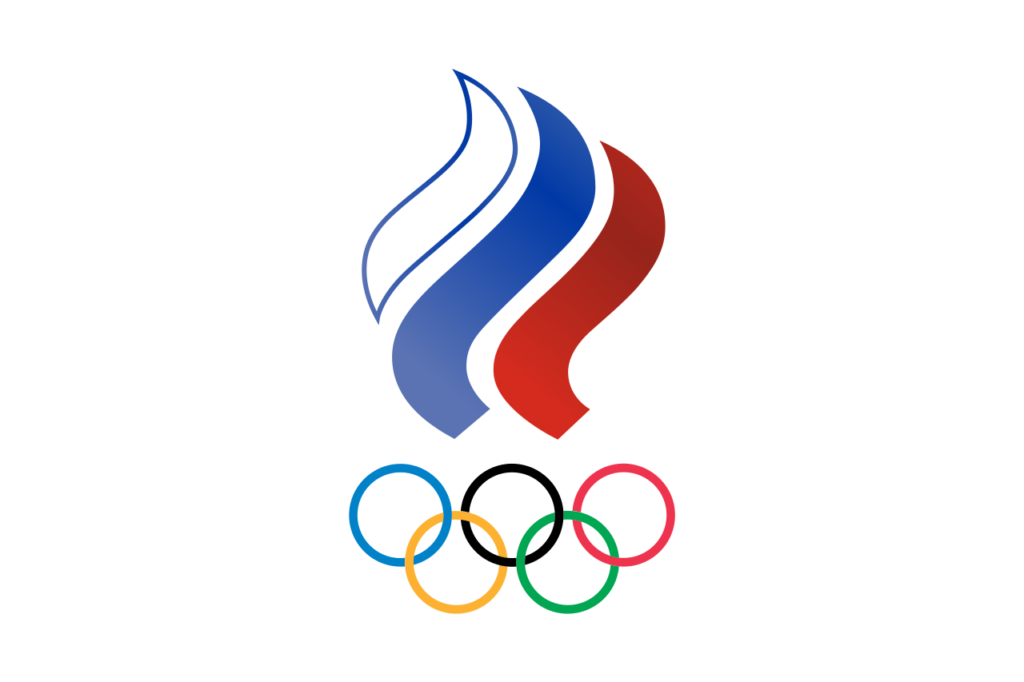

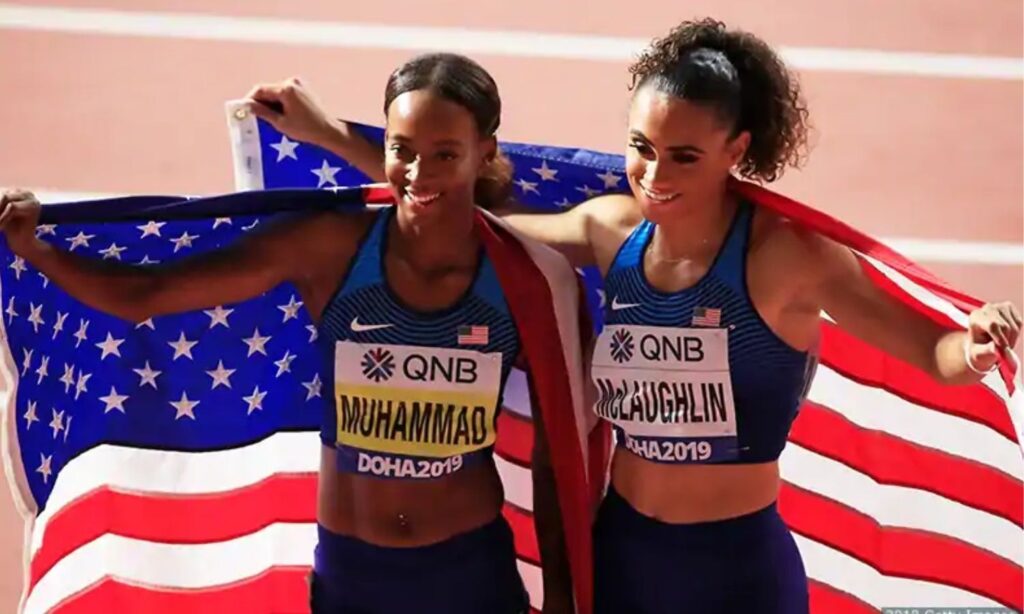
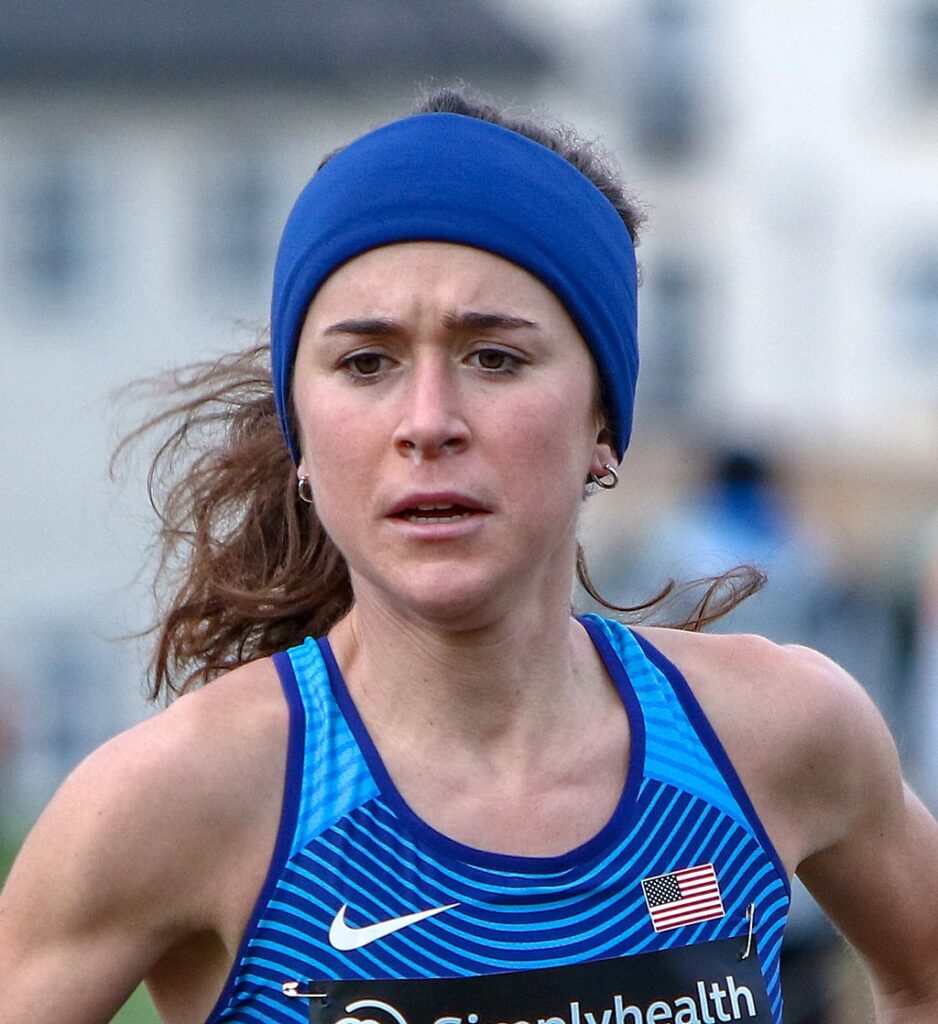
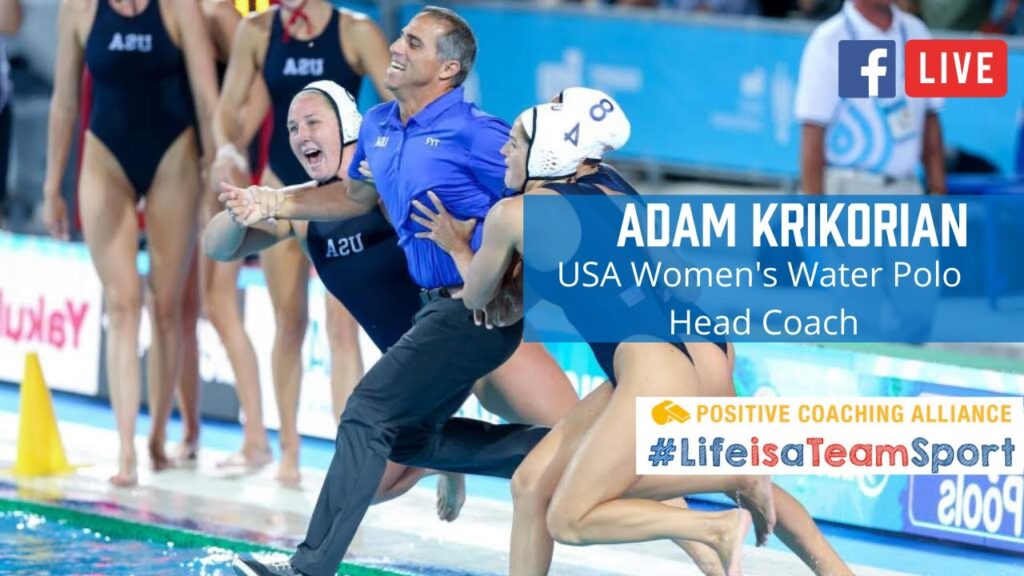
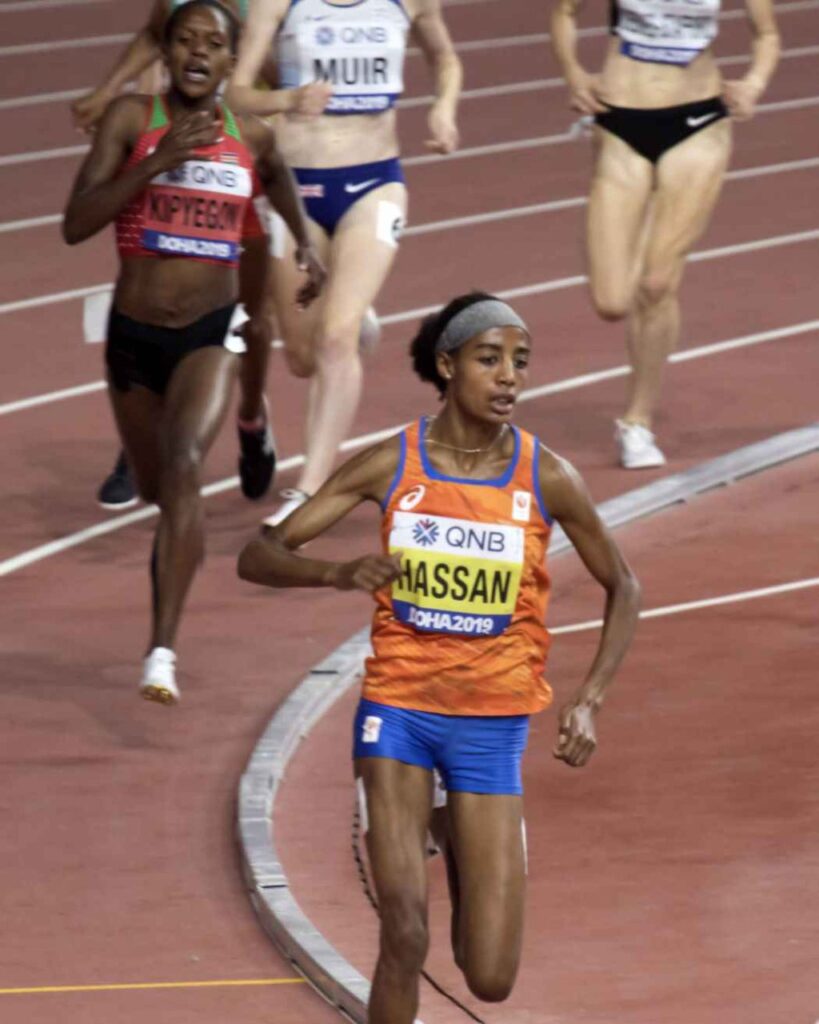
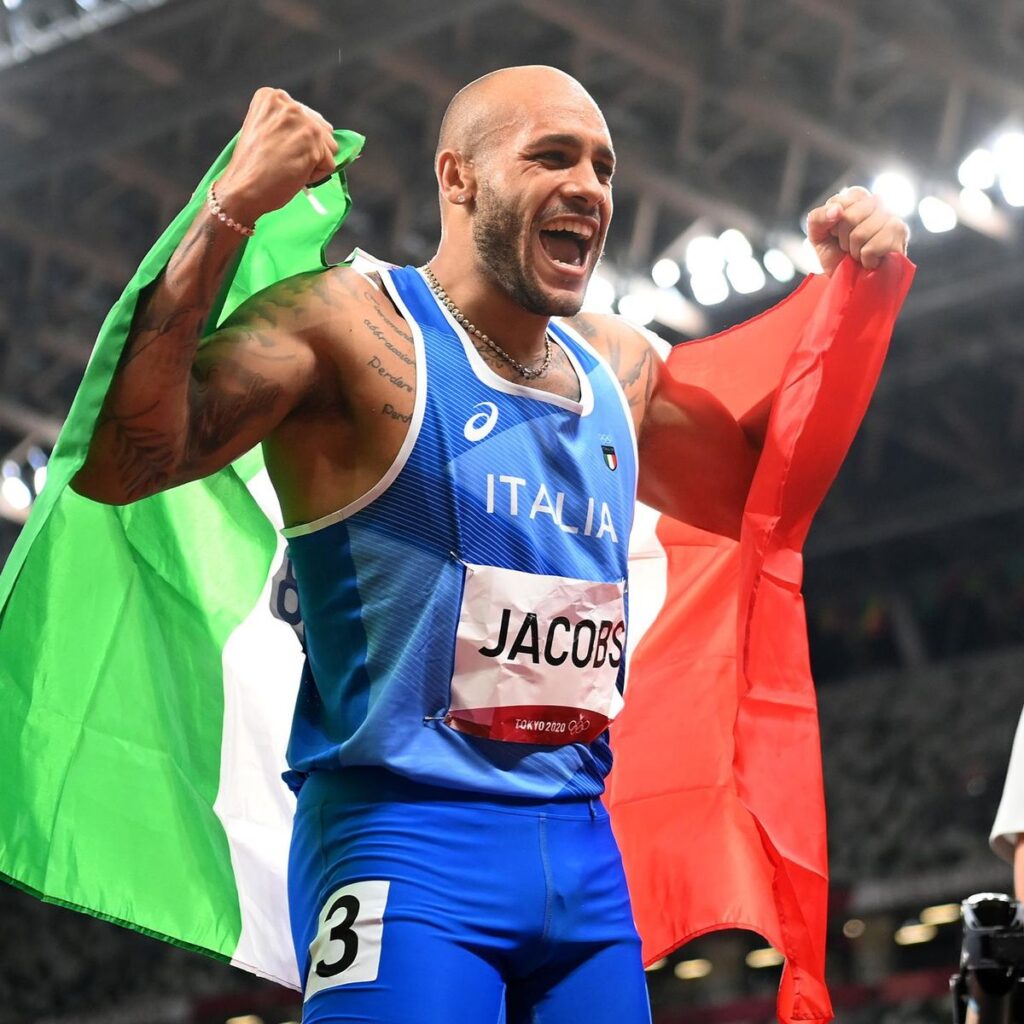
Good stuff Todd- trying to keep with your postings here. Tokyo has fascinated me
for a long time.
SH
Thanks Shell. Wish I had a little more about Tokyo per se for you but Japan will have to suffice.
The Tamberi/Barshim story was one of my favorites of those Olympics…sportsmanship at it’s finest.
Agreed. And an honest friendship, too, between two great competitors.